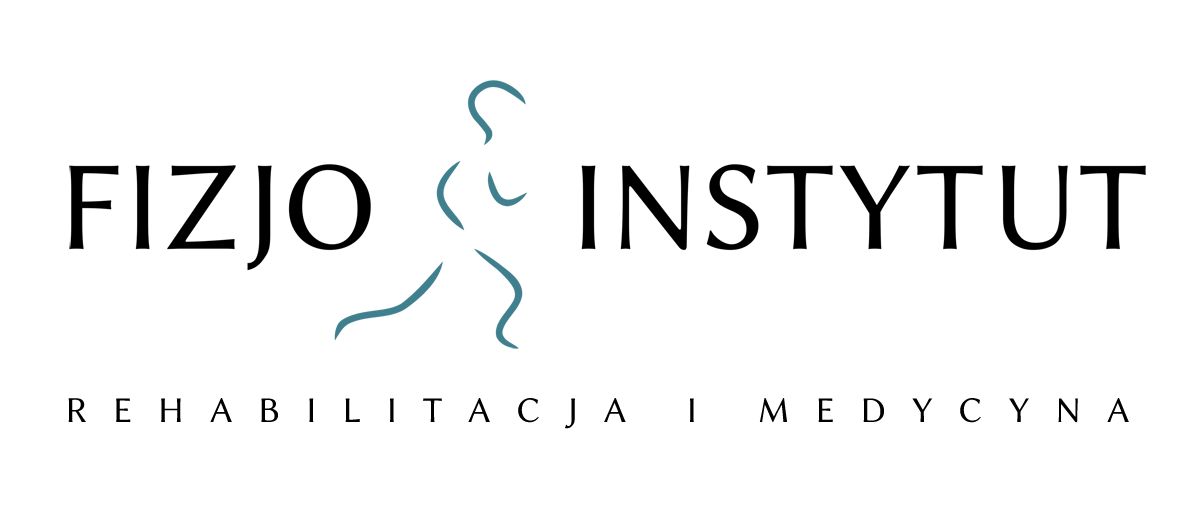PNF as a concept was created in California thanks to the cooperation of a neurophysiologist – Dr. Herman Kabat and a physiotherapist – Maggie Knott. It is an example of a neurophysiological complex system of therapeutic interaction based on the latest achievements of medical science, the essence of which is contained in the name: proprioceptive (concerning body receptors) neuromuscular movement (facilitating, facilitating).
The theoretical basis of the concept was based on the physiology of human motor development and phases of motor control. The process of learning movement is supported in therapy with both previous experiences coming from the child’s motor development patterns and spatial summation of various types of stimuli (tactile, visual, auditory, equivalent, proprioceptive, etc.) that affect the patient from the external environment. Based on the anatomy of a human, PNF proposes three-dimensional natural movements, similar to everyday activities. These movements are carried out along oblique (diagonal) axes of movement, which, due to their course, make it possible to activate the largest number of muscles belonging to the same muscle chain. According to the oblique course of most skeletal muscles, rotation is considered the most important component of movement.
The PNF therapy is painless and functional, consistent with the physical needs reported by the patient and modeled on the natural movements of a healthy person. Recent years have emphasized this aspect of therapy even more – working on a function is not only about the arrangements made between the patient and the therapist, but above all it is about achieving a task-based situation in therapy in which the patient can safely attempt to restore the function. This means the analysis of the patient’s movement in relation to its proper physiological course and the inclusion in the process of improving the elements of self-service training using everyday objects and task situations that the patient reported as difficult or impossible to perform.
Due to the wide possibilities of influence, the PNF concept can be used in neurological and orthopedic patients.
Manual resistance is of particular importance in the PNF concept. Its basic task is to provide the patient with precise information on the direction, sequence and speed of the movement performed, which has three components and runs in oblique planes. The resistance is modified according to the goals of therapy and the motor skills of the practitioner. Depending on the patient’s needs, PNF therapy uses techniques that teach movement and coordination, stabilizing, relaxing, mobilizing, analgesic, as well as a program of functional exercises on a mattress, learning to walk, improving vegetative functions (facial muscles, the tongue and the functions of breathing, swallowing and articulation), and indirectly also regulates the work of the autonomic nervous system.
source: www.ipnfa.pl
